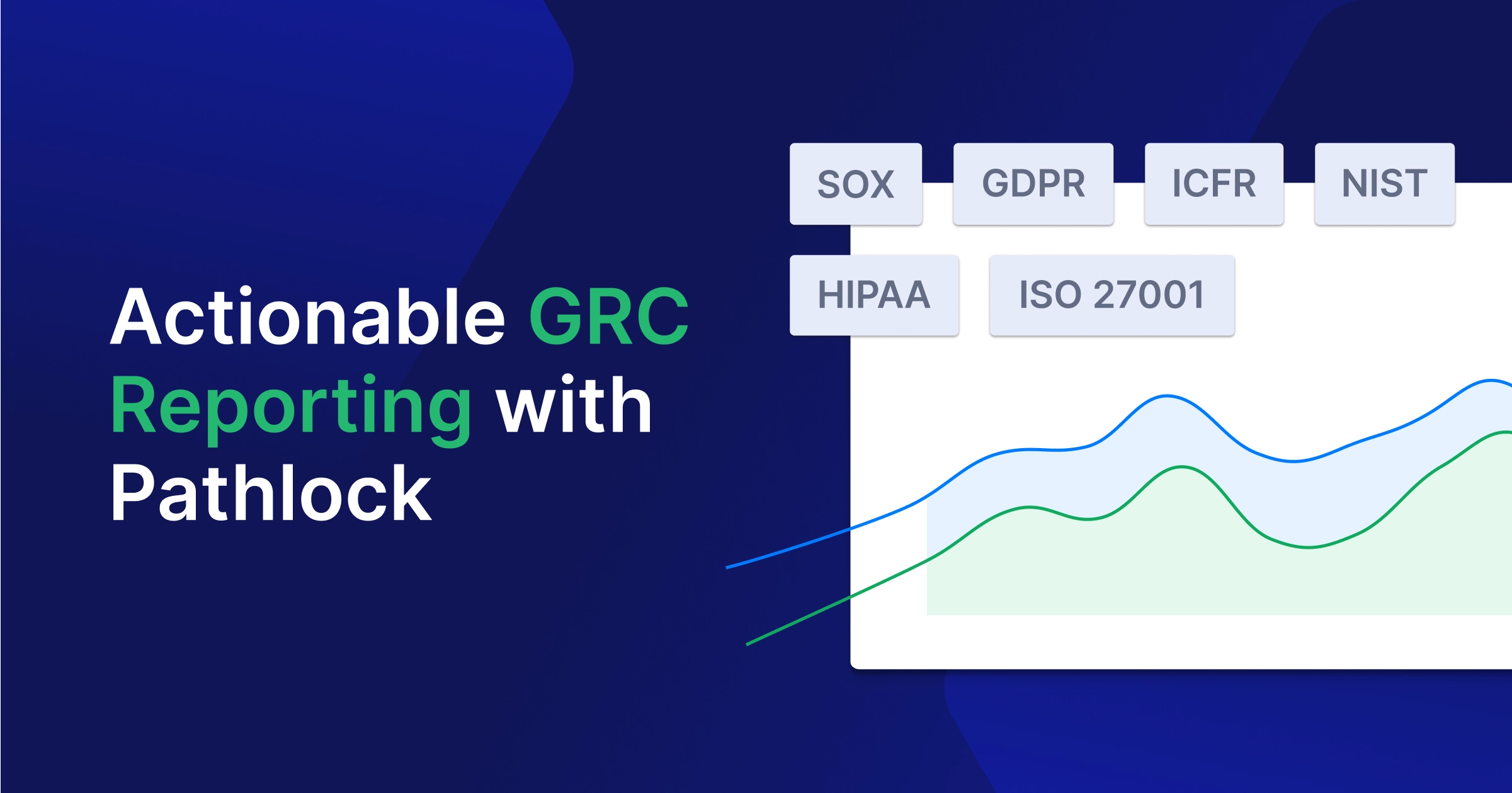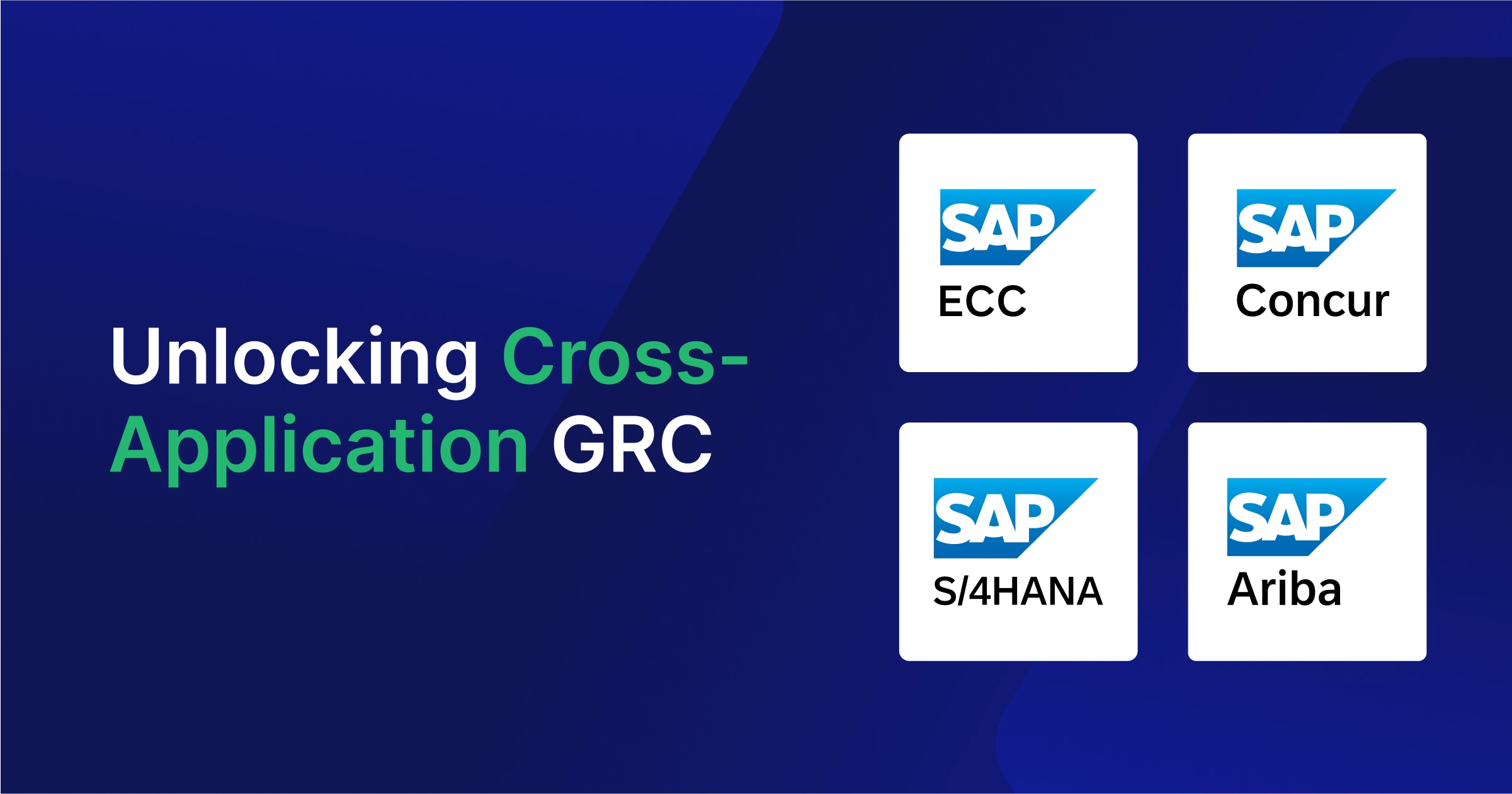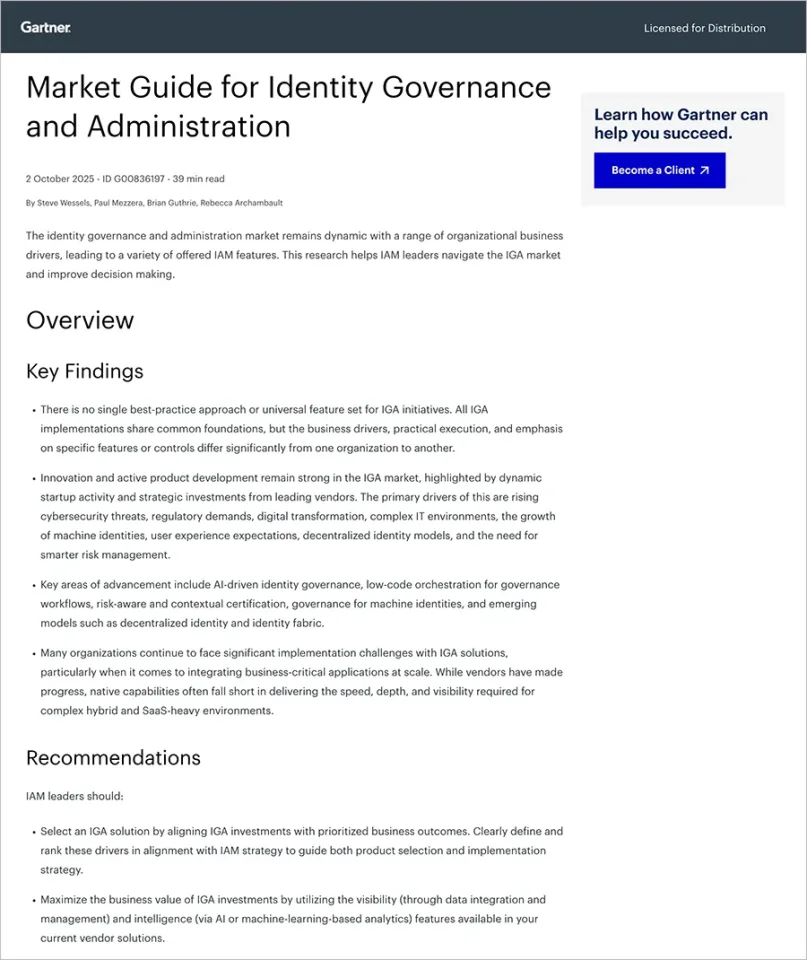Businesses involved in the defense supply chain are subject to a specific challenge: protecting sensitive data while adhering to strict regulations like ITAR (International Traffic in Arms Regulations). With cyber threats constantly evolving and compliance frameworks increasing in complexity, ensuring robust data security within SAP environments is no longer an option; it’s a necessity. This is where a multi-layered SAP cybersecurity strategy comes in, offering a comprehensive approach to safeguarding sensitive data and achieving ITAR compliance.
Understanding the ITAR Compliance Landscape
ITAR imposes strict regulations on exporting and importing defense-related articles, services, and technology. For organizations involved in the defense supply chain, compliance with ITAR is not just a legal obligation but also a necessity for national security. Failure to comply with ITAR requirements can lead to severe consequences, including hefty fines and potential imprisonment.
Category 21 on the U.S. Munitions List (USML) covers “Articles, Technical Data, and Defense Services Not Otherwise Enumerated.” This means that any data stored in your SAP ERP containing information related to items designated on the USML must be secured. To ensure data security best practices and alignment with ITAR, your organization needs to ensure that this data is not accessible by non-U.S. citizens, including employees, or inadvertently distributed to foreign persons or nations.
Detective Controls Ensure Effective SAP Perimeter Security
Detective cybersecurity controls are your organization’s first line of defense and play a crucial role in actively monitoring and identifying potential threats. To ensure cybersecurity best practices and ITAR compliance, your organization should employ the following controls to prevent unauthorized data access and intrusion for your business-critical SAP systems:
- Vulnerability Management: Regular scanning of SAP environments to identify and remediate vulnerabilities before they can be exploited. This ensures that weaknesses in your SAP environment are proactively mitigated to remove any potential avenues for threat actors to infiltrate your systems.
- Code Scanning: Identifying security vulnerabilities in custom-developed SAP applications to mitigate risks and ensure there are no vulnerable backdoors within your infrastructure. By identifying vulnerabilities early in the development lifecycle, your organization can take remediation steps before your production SAP systems are compromised.
- Transport Control: Securely manage the transport of changes and data across SAP systems to prevent unauthorized modifications. By ensuring secure change management processes, your organization can maintain a robust security posture during S/4HANA migrations and other system upgrades.
- Threat Detection & Response: Real-time monitoring to promptly identify suspicious activities and respond to security incidents. Effective threat detection ensures your business-critical SAP systems are protected from external threat actors.
- Session Logging: Comprehensive tracking of user activities within the SAP system for post-incident analysis and forensic investigations. Enhanced activity tracking allows organizations to continuously monitor data access and usage and proactively alert security teams to anomalous activity, which is particularly useful for ensuring non-U.S. citizens are not accessing data they shouldn’t.
Leveraging Preventative Controls to Maintain Data Security and ITAR Compliance
Preventative controls serve as your organization’s critical last line of defense against cyber threats, dynamically mitigating risks and safeguarding sensitive data within SAP environments. Preventative controls are the most critical component of a multi-layered cybersecurity strategy, ensuring your organization’s sensitive data is dynamically secured. Your organization should employ the following controls to meet the data privacy requirements outlined in Category 21 of the USML:
- Attribute-Based Access Controls (ABAC): Allows you to finely control access to SAP applications, technical data, and transactions by taking into account various attributes like citizenship, certification, and location when granting user access. By using contextual attributes in conjunction with your standard role-based access controls (RBAC), you can create policy-based rules that permit access only if the person meets certain contextual criteria while ensuring they have access to the resources they need to perform their job.
- Dynamic Data Masking: Limits access to sensitive data based on user roles or permissions, enforcing a least-privilege approach. An essential requirement of ITAR is ensuring that users accessing SAP applications, either in an authorized or unauthorized manner, do not have needless access to sensitive technical data through various pages, reports, or queries.
- Data Scrambling: Encrypts or obfuscates sensitive data to protect it from unauthorized access, especially during data transit between pre-production and production environments. By pseudonymizing and scrambling data fields, internal and external threat actors cannot exfiltrate sensitive data even if they successfully locate it within your systems.
- Data Loss Prevention (DLP): Monitors and controls data transfers to prevent unauthorized transmission of sensitive data outside the SAP environment. Using context-aware DLP policies prevents unauthorized users from executing transactions that download technical data in high-risk scenarios. This prevents employees from downloading and accidentally sharing data they shouldn’t and prevents malicious insider threats from causing damage beyond non-compliance.
Aligning Cybersecurity Best Practices with ITAR Compliance
To comply with ITAR regulations, defense sector companies must merge cybersecurity best practices with regulatory compliance. You should take the following steps to enhance both preventative and detective cybersecurity controls for the SAP landscape:
- Proactively harden systems with Vulnerability Management and Code Scanning
- Secure change management processes with Transport Control
- Secure the SAP perimeter with Threat Detection and Response
- Enhance Visibility into SAP data access and usage with Activity and Session Logging
- Identify security gaps with existing RBACs and implement dynamic ABAC policies
- Implement Dynamic Data Masking and Data-Loss Prevention Controls
How Pathlock Enables Cybersecurity Best Practices and Stronger ITAR Compliance
Pathlock’s Cybersecurity Application Controls (CAC) product empowers organizations to establish a multi-layered approach to SAP cybersecurity. Specifically, Pathlock CAC’s data-centric approach ensures direct alignment with ITAR’s data privacy requirements. By leveraging preventative and detective controls, Pathlock enables companies to proactively harden their SAP systems while applying optimized data security controls.
Pathlock empowers customers to leverage preventative and detective controls through five integrated cybersecurity modules:
- Vulnerability Management
- Code Scanning
- Transport Control
- Threat Detection and Response
- Dynamic Access Controls (DAC)
These modules allow CAC to help customers secure sensitive data while also hardening the business-critical applications that store it.
To see how Pathlock can help your organization ensure ITAR compliance with a multi-layered cybersecurity strategy for SAP, reach out to set up a demo today.



